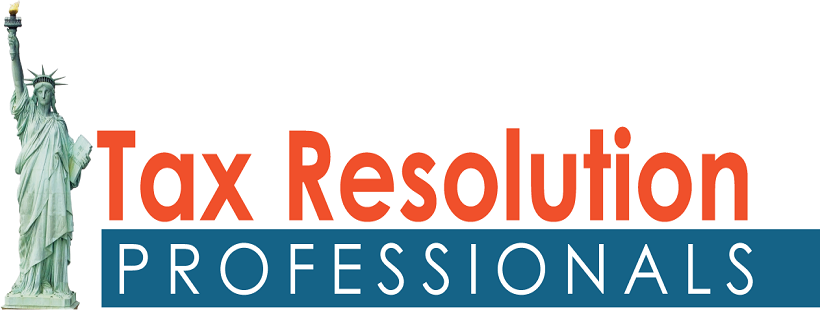President Trump’s recurring proposal to replace the federal income tax with tariffs is riddled with practical and economic issues. While he suggests using tariff revenue to cut income taxes for those earning under $200,000, this idea is fundamentally flawed. Here are five key reasons:
1. The Numbers Don’t Add Up:
The individual income tax generates significantly more revenue than tariffs. In 2021, income tax revenue was $2.2 trillion, based on $15 trillion in individual income, resulting in an average tax rate of 14.9%. In contrast, tariffs brought in $80 billion from $2.8 trillion in imports, an average tax rate of 2.9%.
To replace the $2 trillion income tax revenue with tariffs would require drastically higher tariff rates, which would severely reduce imports, making it impossible to raise the necessary revenue. Even eliminating income taxes for those earning under $200,000 would cost $737.5 billion in 2025 alone, while current tariffs generate only a fraction of that amount.
2. Historical Context is Irrelevant:
Trump’s reference to historical tariffs as a revenue source is misleading. A century ago, the federal government was much smaller, with spending barely exceeding 2% of GDP. Today, federal spending is around 22.7% of GDP. Even a 100% tariff on all imports wouldn’t cover current spending levels.
3. Tariffs Burden American Consumers:
Tariffs are paid by U.S. importers, not foreign entities. The costs are then passed on to American consumers and businesses through higher prices. Studies show that the 2018-2019 trade war tariffs were almost entirely borne by U.S. businesses and consumers. Trump’s proposed 10% universal tariff, 60% tariff on China, and 200% tariff on electric vehicles would further inflate costs for Americans.
4. Tariffs Harm the U.S. Economy:
Tariffs negatively impact the economy by raising prices for businesses and consumers, reducing the return on labor and capital, and potentially strengthening the U.S. dollar, which hurts exporters. Research, including studies by Federal Reserve economists, confirms that tariffs lead to job losses and reduced economic output. Trump’s tariff proposals would damage U.S. competitiveness and harm the overall economy.
5. These Aren’t Sound Tax Reforms:
True tax reform should promote growth and competitiveness. Trump’s proposals, such as exempting tip income and a minor corporate tax rate cut, fail this test. Exempting tip income would create tax code distortions and revenue losses, while a small corporate tax cut wouldn’t offset the harm from higher tariffs.
Principled tax reform aims to reduce distortions, not replace one distortionary tax with another. Trump’s tariff and tax ideas are economically harmful and lack sound policy principles.

Great insights! I really enjoyed how you explained this topic clearly and simply.
constantly i used to read smaller articles or reviews which as well clear their motive, and
that is also happening with this post which
I am reading at this place.
My homepage nordvpn coupons inspiresensation
This is so helpful. I’ve been looking for a post like this—thank you!
Well written and inspiring! Keep up the great work.
I truly appreciate your technique of writing a blog. I added it to my bookmark site list and will
Thanks for sharing! I learned something new today.
Ancient Island Megaways™ : Slot Gacor Resmi dengan Pembayaran Cepat
It is actually a great and useful piece of info. I’m satisfied that you
shared this helpful information with us.
Please keep us up to date like this. Thanks for sharing.
Have a look at my homepage – nordvpn coupons inspiresensation
This is really interesting, You’re a very skilled blogger. I’ve joined your feed and look forward to seeking more of your magnificent post. Also, I’ve shared your site in my social networks!
Interesting perspective. It really made me think differently.
Hi, just wanted to tell you, I enjoyed this article. It was inspiring.
Keep on posting!
Also visit my page nordvpn coupons inspiresensation
Great post. I was checking constantly this blog and I am
impressed! Very useful info specifically the last part :
) I care for such information a lot. I was seeking this particular information for
a long time. Thank you and best of luck.
Also visit my blog post; nordvpn coupons inspiresensation (tinyurl.com)
bokepjapanhot
bokepjapanhot
Love this post! Especially the part about staying consistent—so true.
nordvpn discount 350fairfax
This page truly has all of the information I needed concerning this subject and didn’t know
who to ask.
9eeyuu
I’m gone to tell my little brother, that he should
also pay a quick visit this web site on regular basis to obtain updated
from most recent gossip.
Look at my webpage; eharmony special coupon code 2025
An impressive share! I’ve just forwarded this onto a
colleague who was conducting a little homework
on this. And he actually ordered me breakfast simply because I stumbled upon it for him…
lol. So allow me to reword this…. Thank YOU for the meal!!
But yeah, thanks for spending the time to talk about this matter here on your internet site.
Also visit my page: vpn
Howdy! This post could not be written much better!
Reading through this post reminds me of my previous roommate!
He always kept preaching about this. I will forward this article to him.
Fairly certain he will have a very good read. Thank you for sharing!
https://tinyurl.com/28wjzmw4 gamefly 3 month free trial
Thanks very nice blog! https://tinyurl.com/2ytofo73 what does vpn do
This is a topic that is close to my heart… Cheers!
Where are your contact details though?
Hmm is anyone else encountering problems with the pictures on this blog loading?
I’m trying to figure out if its a problem on my end or
if it’s the blog. Any suggestions would be greatly appreciated.
Aw, this was a really nice post. Spending
some time and actual effort to create a top notch article… but
what can I say… I procrastinate a lot and never manage to get anything done.
Eharmony special coupon code 2025 https://tinyurl.com/ymjk7uac